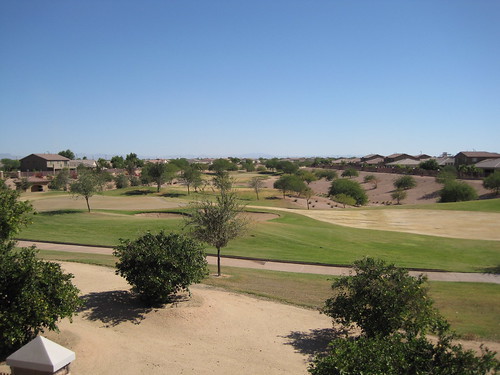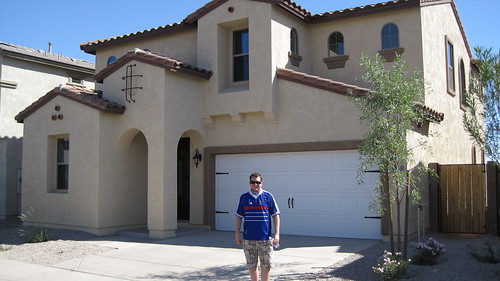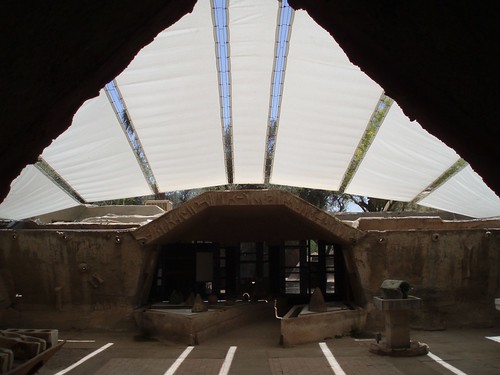From the top of Camel Back mountain near Scottsdale, AZ you can view an incredible panoramic of the greater Phoenix area. In the distance, tall mountains hem in the desert valley. The city sprawls out encroaching on these natural barriers.
Closer to the rock outcropping, multi-million dollar estates take their place on manicured golf courses. Some enterprising developers have even created desert oasis’s complete with palm trees and artificial lakes. The metro area thrives and continues to grow despite current economic conditions.
Is there something wrong with this scenario? Is man meant to live in the middle of a desert? Engineering prowess has enabled us to transport water for irrigation and human use long distances from highland reservoirs. Does the fact that we can do these things justify this desert existence?
This week my brother is moving into a new home in Mesa. This community extends further into previously uninhabited areas of the desert valley. Anticipating substantial growth, speculators have invested in thousands of new homes and an extensive infrastructure. Large boulevards now seem unnecessarily large in these days before the residents have arrived. Affordable home prices promise to entice inhabitants to the new community.
The homes are large. My brothers place feels like a Mcmansion in comparison to my modest condo in downtown Chicago. The kitchen and dining room alone equal the size of my entire place. Large windows provide beautiful views of an adjacent golf course and distant mountain ridges. I can only imagine what cooling costs must be for such a home. I also reflect on the fact that temperatures were still reaching 100 degrees in late October.
It does not seem responsible to build communities and homes modeled after those in temperate regions in the middle of the southern desert. People of all communities are entitled to comfortable and affordable housing, but we ought to make adjustments that permit a more harmonious relationship with the local environment.
A small class of artisans has set up such a model community in nearby Scottsdale, called Cosanti. The architecture, by Paolo Soleri, is almost reminiscent of the desert dwellers’ in Star Wars (whose scenes were actually filmed in the deserts of Tunisia). They subsist by selling artistic goods to visitors. To some extent outcasts, there is a religious-like belief in their sustainable way of life.
Similarly, a number of native American tribes live modest lives on several southwest reservations. Despite being situated on poor lands, dictated by unsatable homesteaders, the Indians make do with limited resources. Increasingly, even they try to take advantage of anglo-american largess by opening nearby casinos. Perhaps we could learn much if we spent less time tossing dice and more time learning about their culture.
So this is the paradox of Phoenix: it’s a beautiful desert oasis with all the comforts of home, but at the cost of an entire nation’s freedom and an increasing environmental cost. I cannot help but feel that the city’s growth is unsustainable.
Some Kind of Einstein
9 years ago




![Reblog this post [with Zemanta]](http://img.zemanta.com/reblog_e.png?x-id=d2a162c8-5851-4d89-bb51-648bca0c342d)

bla bla bla this is sooo hard to get info from OMG its rubbish
ReplyDelete